In 1863 with the country locked in Civil War, Abraham Lincoln’s party desperately needed political support. To get it, the Republicans turned to a 19-year-old Quaker girl, Anna Dickinson. She was a fast talker with radical ideas.
Across the North that year, Democrats were trying to unseat Republican incumbents who supported the fight with the South. In Connecticut, Gov. William Buckingham was on shaky ground in an election that was flat out about war vs. peace.
Buckingham had won the election of 1860 by one half of one percent (541 votes). Support for the war was anything but assured in 1863 after Connecticut soldiers had actually begun dying in battle.
Into this mix, the Republicans wisely invited a young woman from Pennsylvania to barnstorm the state and raise support for Buckingham.
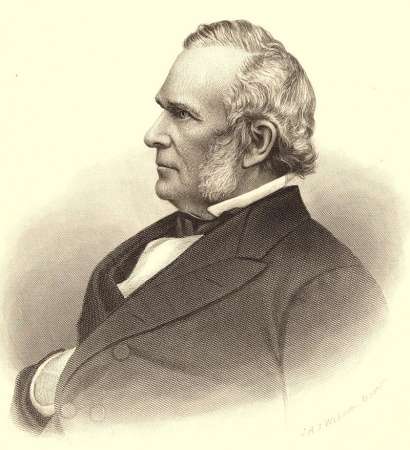
William Buckingham
In-person speeches by candidates and their surrogates were important for informing and firing up voters. While many women aided the war effort as nurses, Dickinson was a rare bird at that time: a fire-breathing, fearless speaker who could out-talk and out-think any man.
Anna Dickinson
She was born on Oct. 28, 1842, in Philadelphia, Pa., to a Quaker family. The Dickinson home served as a stop on the Underground Railroad.
Her father died when she was two years old, leaving the family in poverty. Her mother opened a school and took in boarders. Anna attended the Friends Select School in Philadelphia and then, briefly, at Westtown School. She studied hard and spent the money she earned on books. At 14 she converted to the Methodist Church.

Anna Dickinson carte de visite
Anna went to work at the age of 15 as a copyist, then got a job as a teacher in Berks County, Pa. Then in May 1861 she got a job as a clerk in the U.S. Mint, one of the first female employees. Then she lost her job five months later for criticizing Union Gen. George B. McClellan.
She honed her debating skills in church arguing the issues of equality for women, speaking in public for the first time in 1857. Lucretia Mott encouraged her speaking career.
On the Road Again
After she lost her job, Dickinson began a full-time speaking tour, sometimes making sequential speeches for days running. Twenty times she spoke in New Hampshire, where Republican governor James Gilmore narrowly hung on to his seat after the legislature settled the election in which no candidate won a majority.
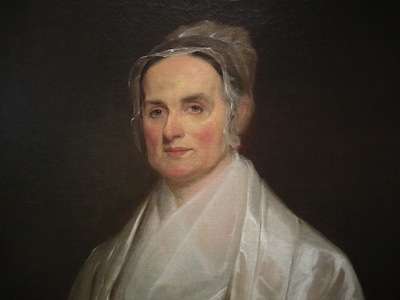
Lucretia Mott encouraged Anna Dickinson
Benjamin Franklin, New Hampshire’s Republican party leader, urged Connecticut to bring Dickinson to that state to stump for Buckingham. Connecticut party leaders were wary of using a young woman as their champion. They had a full schedule for four former governors to speak on his behalf. But concerned about strong support for the Democrat, former governor Thomas Seymour, they offered Dickinson one speaking spot at Hartford.
While some Republicans were still wary of fully embracing the notion of equality for African Americans, Dickinson had no such reservations. She said so in plain terms.
“Eighty-six years ago the world looked upon our fathers struggling for independence, now the sublime sight of a nation struggling for the liberty of all mankind forever is witnessed,” she said.
And she was outspoken on the need to let black soldiers serve in the Union Army: “You have suffered enough. You have died enough. Henceforth we will stand out of the way and let you fight for your own manhood and race.”
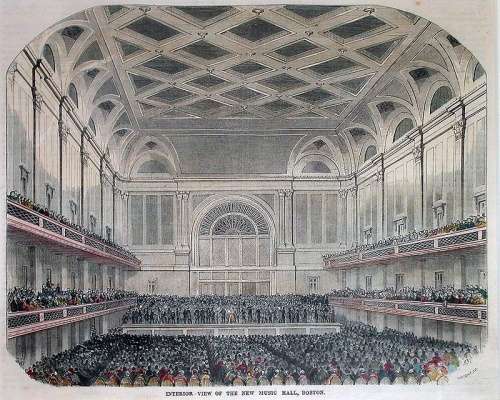
Dickinson gave a pro-war speech at the Boston Music Hall in 1862
Prince of Darkness
She was also far too quick-witted for her critics. In one instance, opponents of the war tried to disrupt her speech by shouting “fire” in the jam-packed hall where she spoke. Failing, they then shut out the lights.
“I see…that there are those here who evidently love darkness better than light because their deeds are evil,” she said. “I read my Bible.”
And then: “I read of the Prince of Darkness, and judging from the present display, some of his children are present.”
The rebuff provoked a deafening roar in the hall and Dickinson continued.
Anna Dickinson, America’s Joan of Arc
The press dubbed her America’s Joan of Arc, and the Connecticut Republicans extended her speaking tour by 20 dates.
Editor of the pro-Republican Hartford Press was jubilant: “This woman is sent from on high to save the state.” Democratic-controlled newspapers, meanwhile, labeled her a “political witch,” “parrot” and “a crowing hen,” among other things.
Buckingham won reelection, this time by more than three percent. Newspaper editors praised Dickinson and said the margin would have been greater if she could have spoken on more stages. She was animated, attractive, opinionated, smart, young and vibrant – a winning combination.
Dickinson’s career as an orator lasted more than 10 years. People throughout the country clamored to hear her opinions on equal pay and suffrage for women. She also delivered an historical account of the life of Joan of Arc.
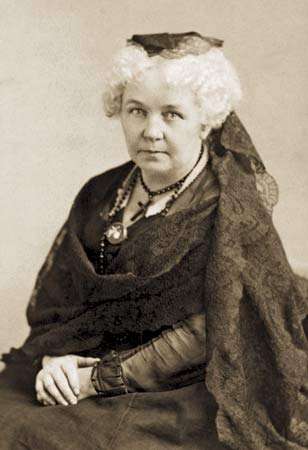
Elizabeth Cady Stanton
Cobwebs Before a Whirlwind
Elizabeth Cady Stanton had high praise for Anna Dickinson.
“She poured out such volleys of invective, sarcasm, and denunciation, painted the helplessness of women with such pathos and power, giving touching incidents of her own hard experience, that her antagonist sank lower and lower into his seat and bowed his head in silence and humiliation, while those who witnessed the scene were melted to tears,” wrote Stanton.
“Never was an audience more electrified and amazed than were they with the eloquence and power of that young girl,” wrote Stanton.
Stanton described how Dickinson responded to a man in the audience who challenged her.
…Pointing straight at him, and, with each step approaching nearer where he sat, saying, ‘You, sir, said thus and so,’ she swept away his arguments, one by one, like cobwebs before a whirlwind, and left him not one foot of ground whereon to stand. When she finished, he took his hat and sneaked out of the meeting like a whipped spaniel, to the great amusement of the audience, leaving their sympathies with the brave young girl.”
Too Progressive
But Dickinson was always too progressive for her times. Privately, she thought President Lincoln was “an ass.” She believed he worried too much about southern sensibilities and too little about the rights and freedoms of slaves and women.

Dickinson was not a fan
Then, when it became clear the South was losing the war, she blasted anyone who wanted to accept anything less than total victory:
“Let no man prate of compromise,” she said. “Defeated by ballots, the South had appealed to bullets. Let it stand by the appeal. There was no arm of compromise long enough to stretch over the sea of blood, and the mound of fallen heroes, to shake hands with their murderers. They suffered that the cause might proceed. Their bodies were shattered that the body politic might be preserved. We must continue the work dropped from their nerveless hands.“
Eventually, Dickinson’s career as an orator petered out as she became too radical for the Republicans. And she herself noted: “A lecturer who has nothing more to say should stop lecturing.”
Anna Dickinson 2.0
She turned to writing, both books and plays, and she even took a stab at acting: “The stage is more powerful than the platform, the press or the pulpit,” she said. Her most radical book was a novel that was supportive of interracial marriage.
However, she never gained the success in other fields that she enjoyed as a public speaker. One reviewer of her work put it this way: “She was a first-rate orator who became a third-rate writer and a fifth-rate actress.”
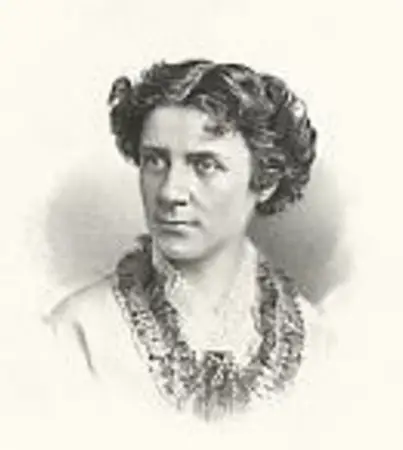
Anna Dickinson later in life
Dickinson’s personal life was also troubled. Her sister had her committed to an insane asylum in 1891 because of her paranoia. The court eventually ordered her release, and she won several lawsuits against her critics who had libeled her.
Her confidence shaken, she spent her remaining years relatively serenely living with friends in Goshen, N.Y. She died there in 1932.
This story last updated in 2022.
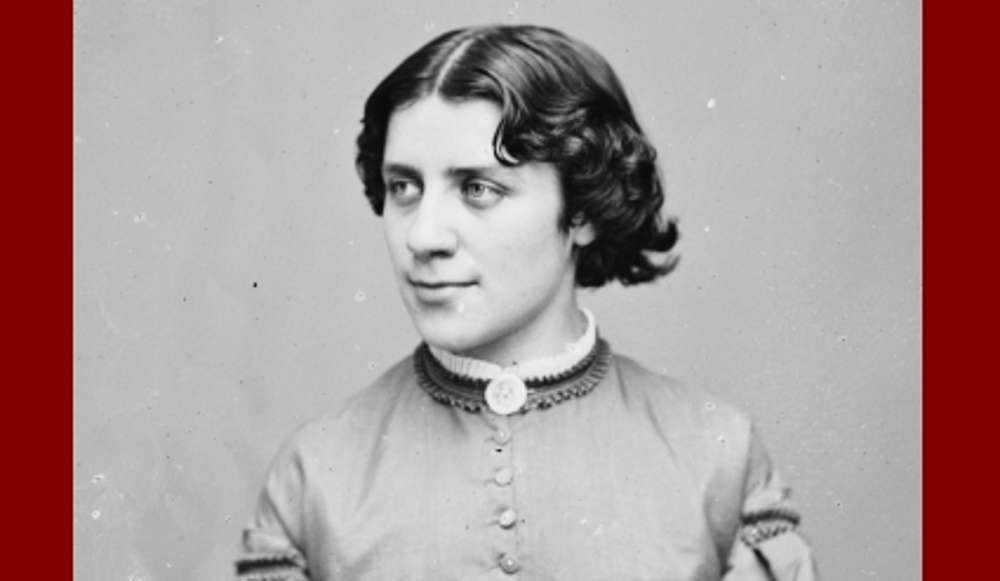
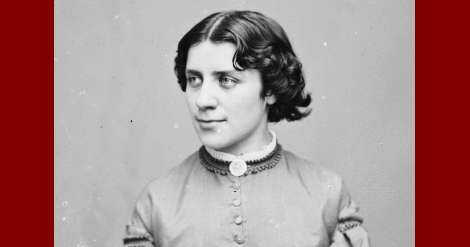
1 comment
[…] In 1847 he went to New Bedford to dictate his story, published s The Life and Sufferings of Leonard Black, a Fugitive from Slavery. Written by Himself. In the run-up to the Civil War, at least 80 such slave narratives were published to inspire enthusiasm for the abolitionist movement. […]
Comments are closed.